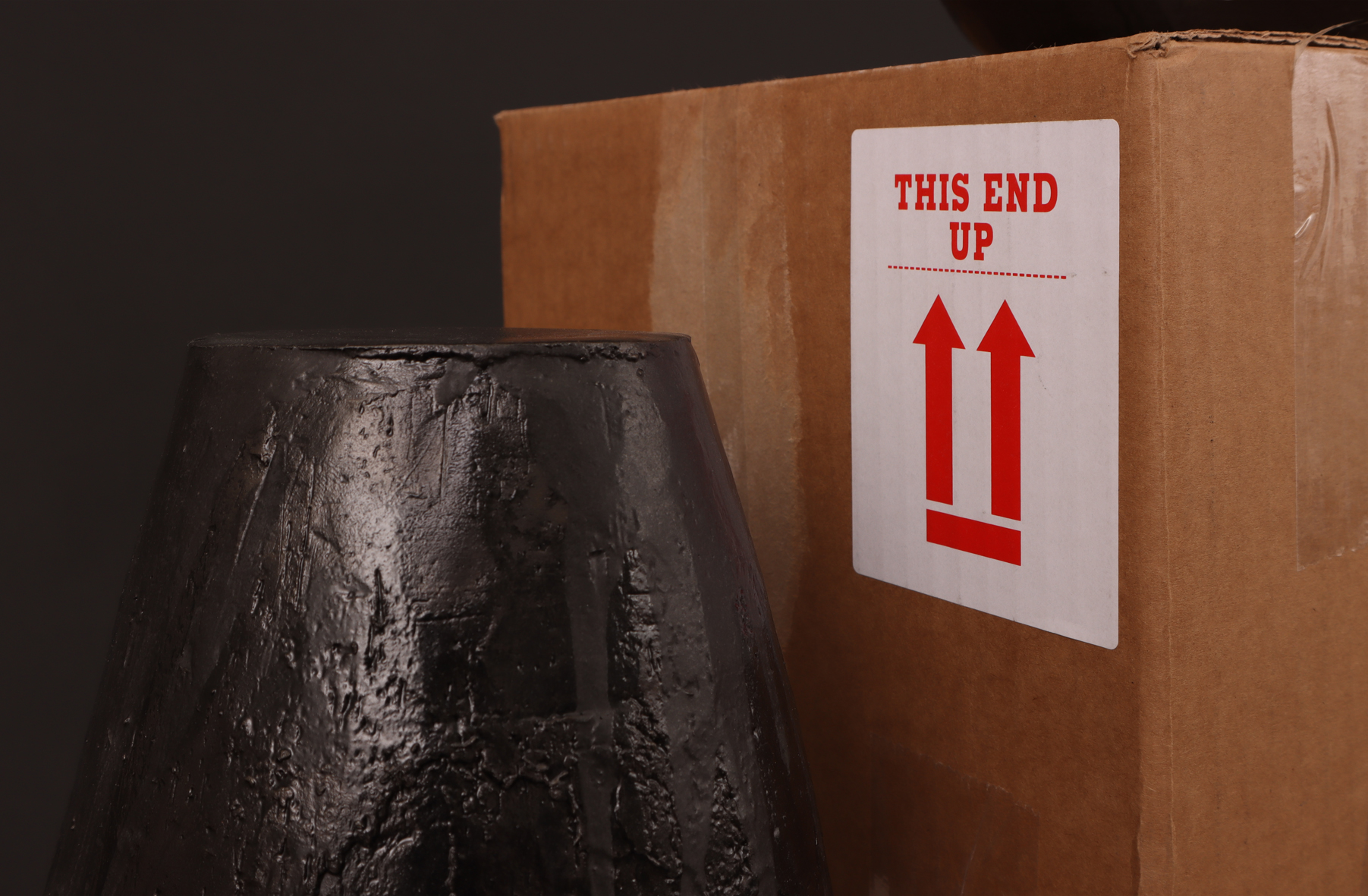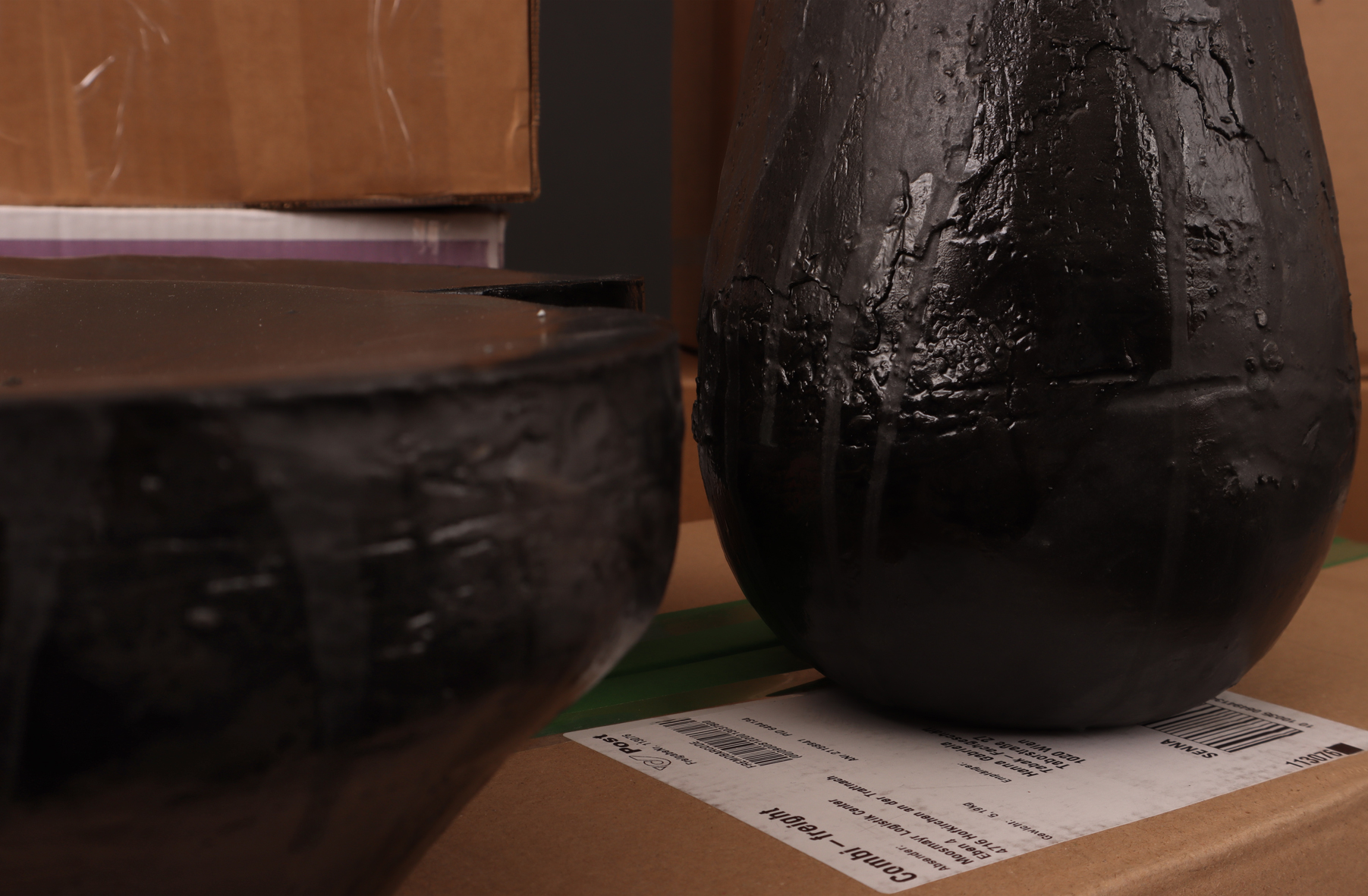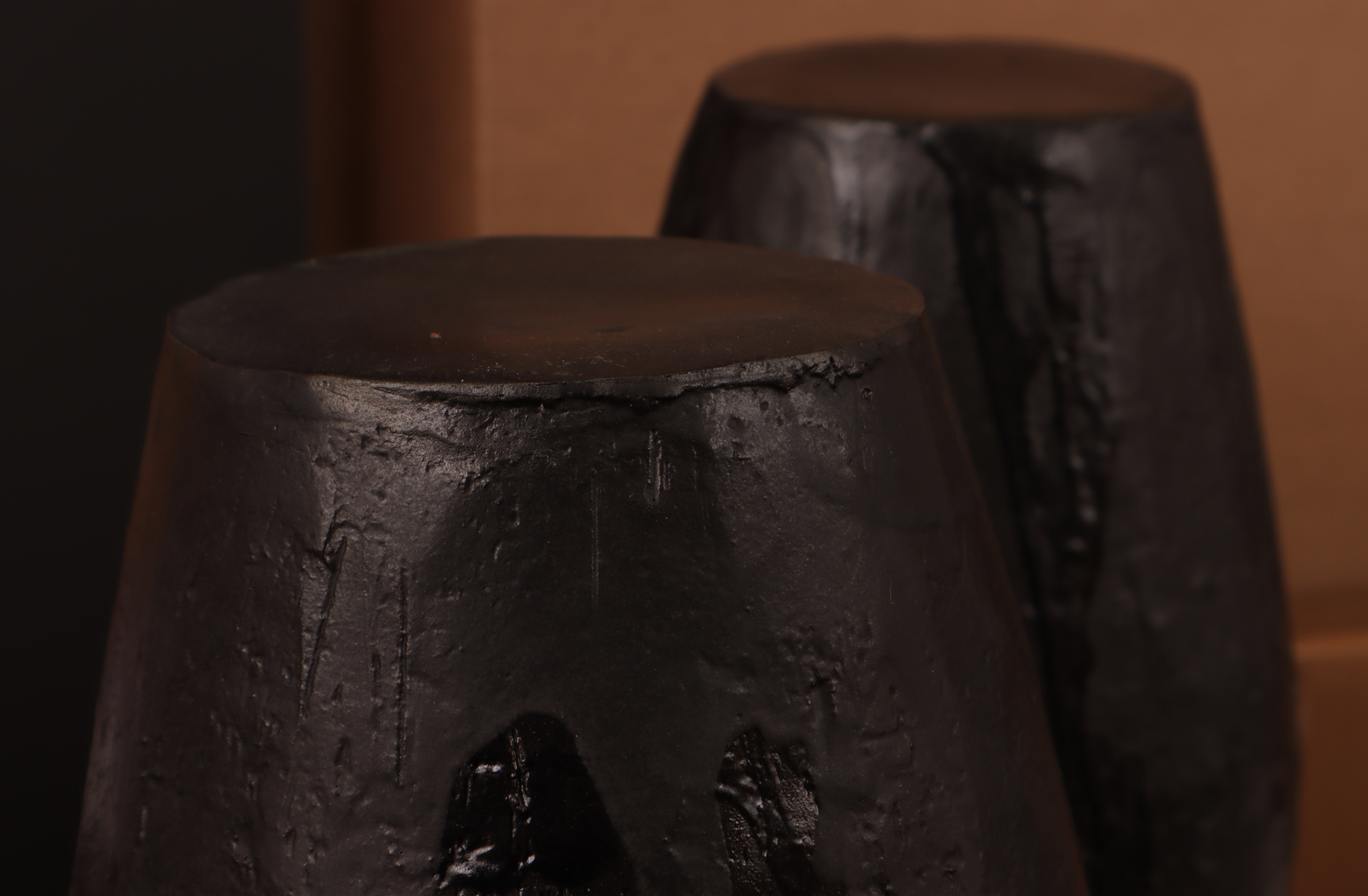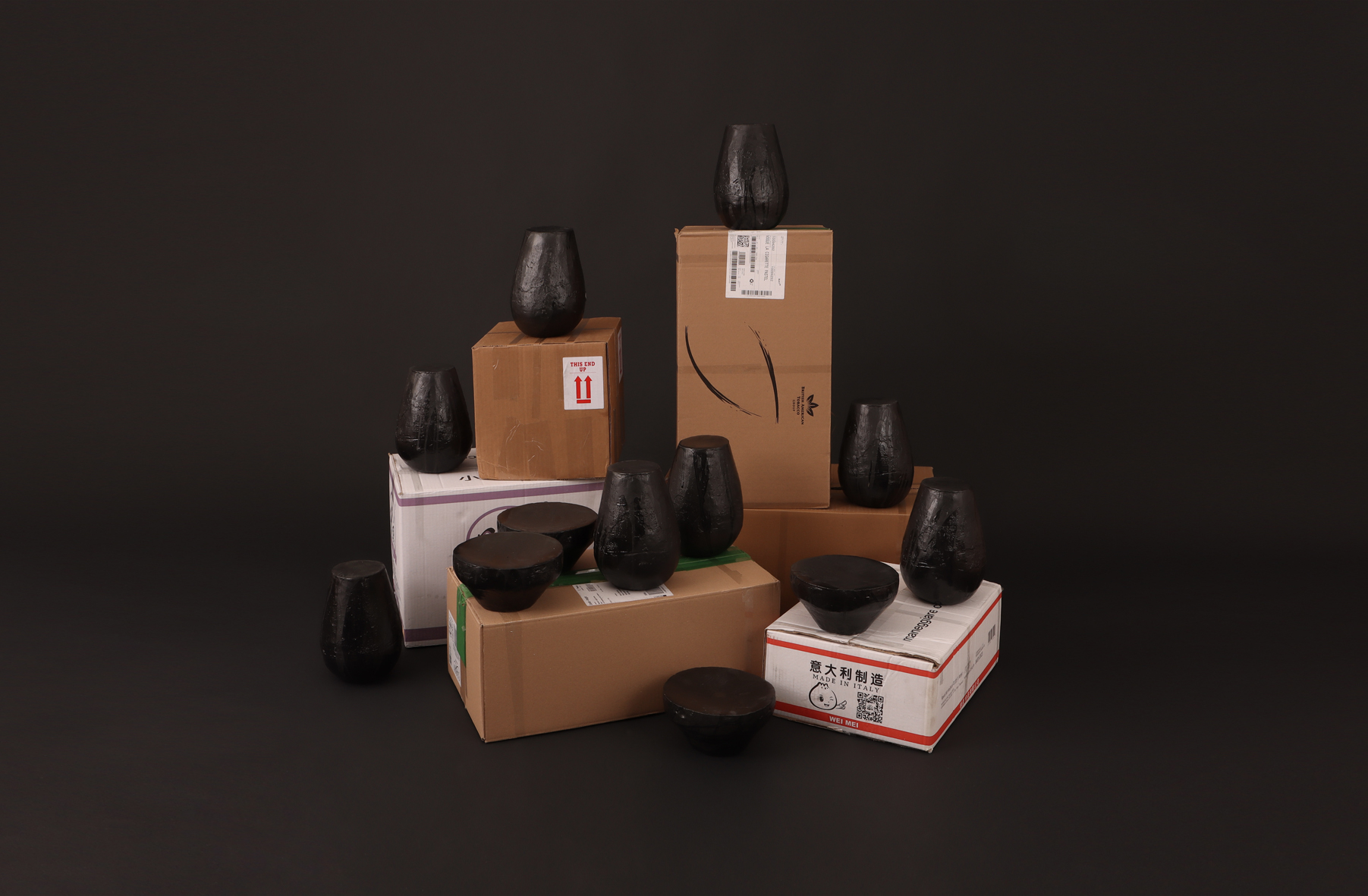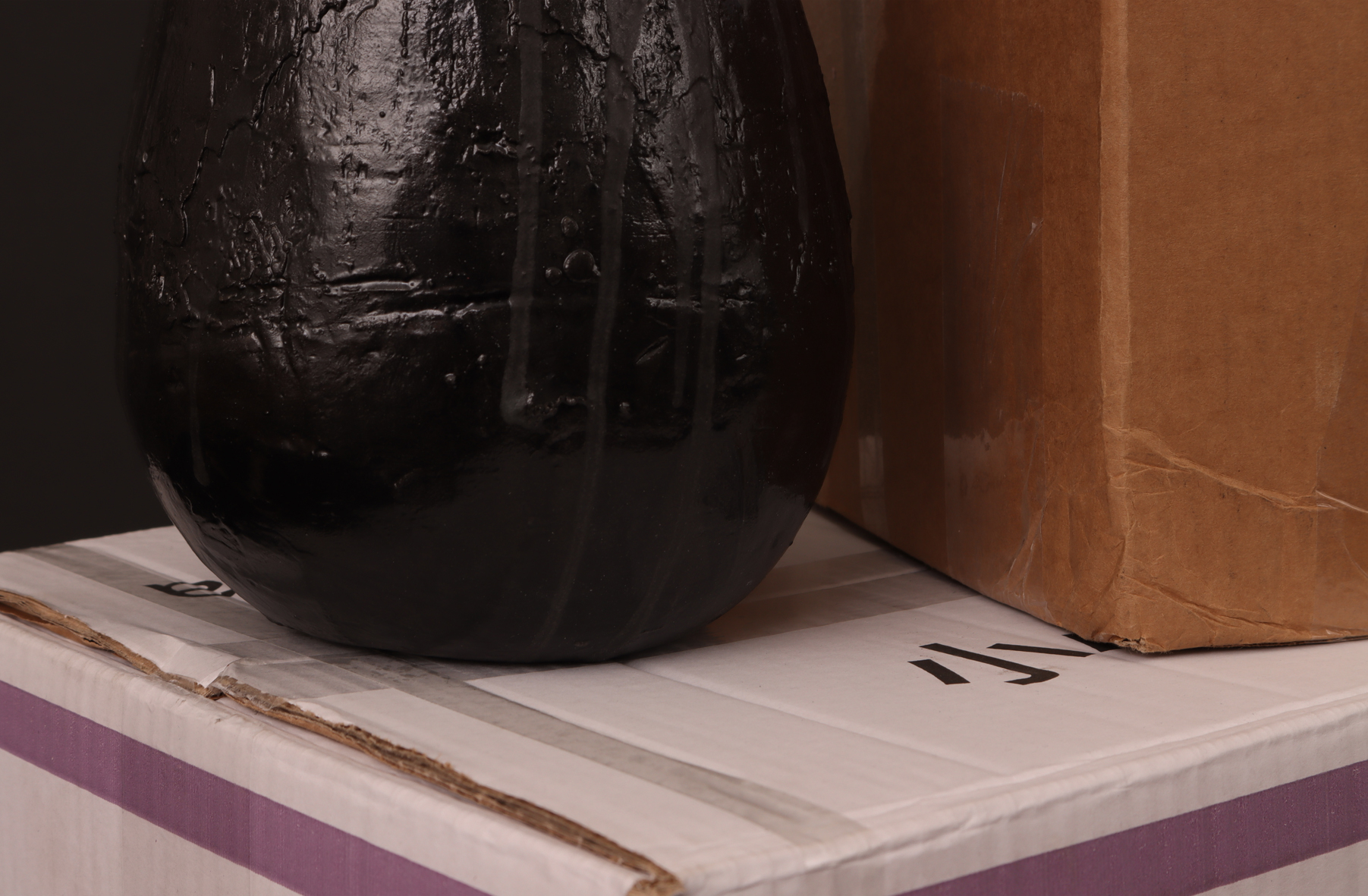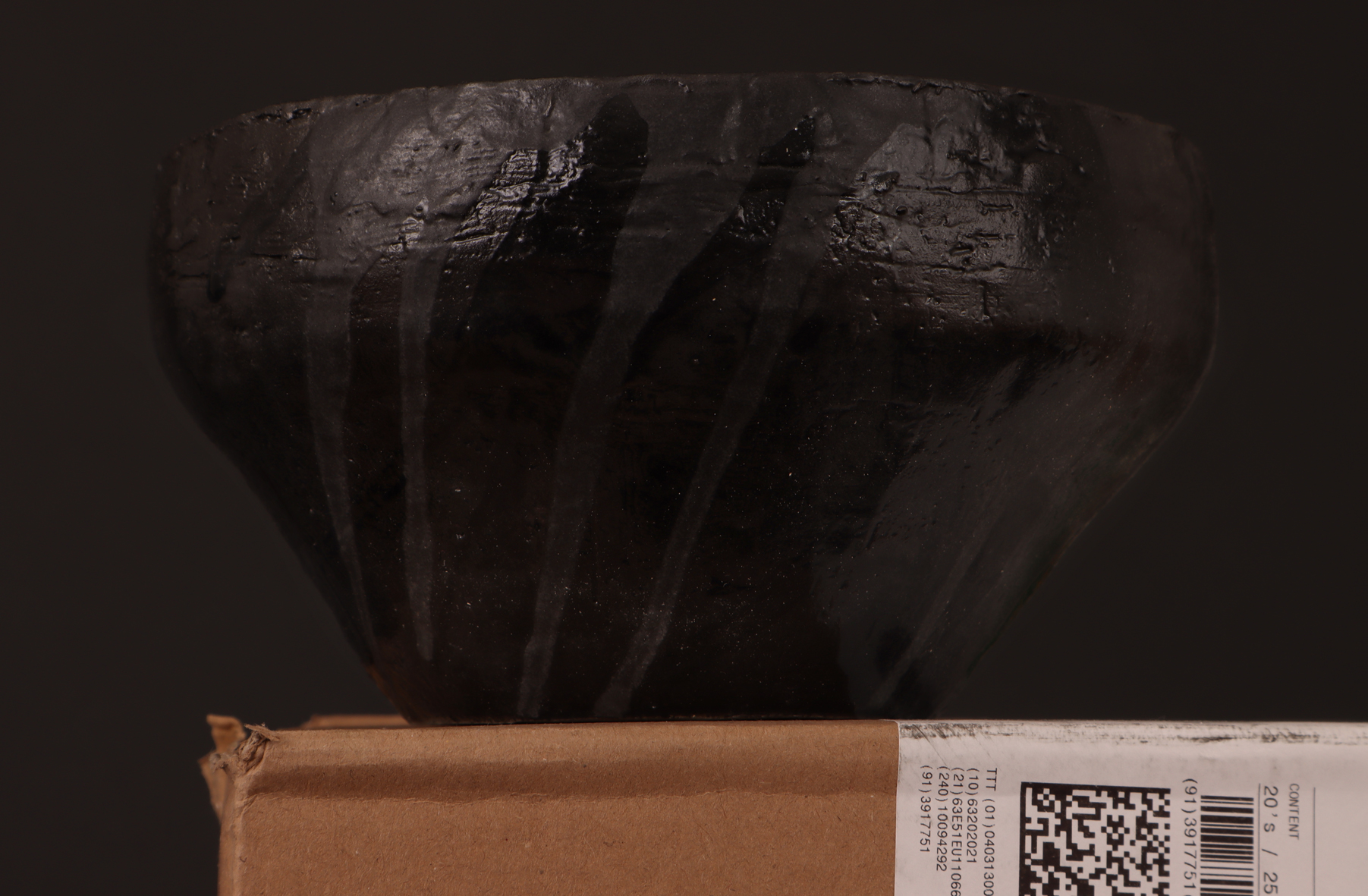BUDGET METHODS OF CULTURAL SURVIVAL
In 2021, an unusual type of Egyptian mummy was discovered—the remains had been encased in a mud shell, a cheaper and more easily available material than the embalming resin used on other mummified bodies. Ancient Egyptian embalming method was a lengthy, expensive process, only available to those with substantial wealth. Although Egyptians of moderate means undoubtedly had their own embalming practices, none of them survived the test of time—until now. Bodily integrity was essential to ancient Egyptian beliefs about the afterlife, so the unattainability of efficient embalming methods for the general population effectively proclaimed that immortality was reserved for those of the upper class.
In the context of cultural preservation, art institutions and museums act as temperature- and humidity-regulating containers ensuring the longest possible survival for its contents. For the artist, entry in these sarcophagi of cultural heritage is subject to increasingly more expensive education, suitable social background, connections, affluent residence country, financial independence and time to maintain a consistent studio practice. Considering the enterprising ancient Egyptians and their pursuit of immortality, perhaps it is time to think of budget methods of cultural survival.
In 2021, an unusual type of Egyptian mummy was discovered—the remains had been encased in a mud shell, a cheaper and more easily available material than the embalming resin used on other mummified bodies. Ancient Egyptian embalming method was a lengthy, expensive process, only available to those with substantial wealth. Although Egyptians of moderate means undoubtedly had their own embalming practices, none of them survived the test of time—until now. Bodily integrity was essential to ancient Egyptian beliefs about the afterlife, so the unattainability of efficient embalming methods for the general population effectively proclaimed that immortality was reserved for those of the upper class.
In the context of cultural preservation, art institutions and museums act as temperature- and humidity-regulating containers ensuring the longest possible survival for its contents. For the artist, entry in these sarcophagi of cultural heritage is subject to increasingly more expensive education, suitable social background, connections, affluent residence country, financial independence and time to maintain a consistent studio practice. Considering the enterprising ancient Egyptians and their pursuit of immortality, perhaps it is time to think of budget methods of cultural survival.
glazed stoneware, shipping boxes
(2021)
(2021)
